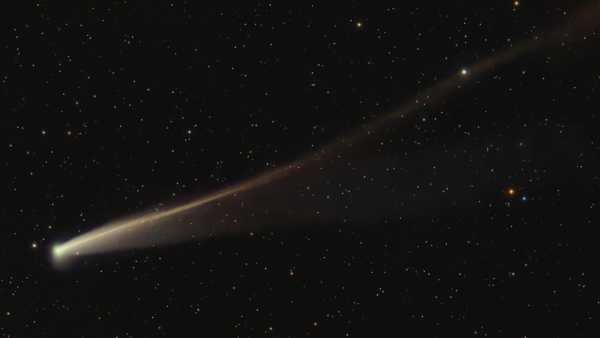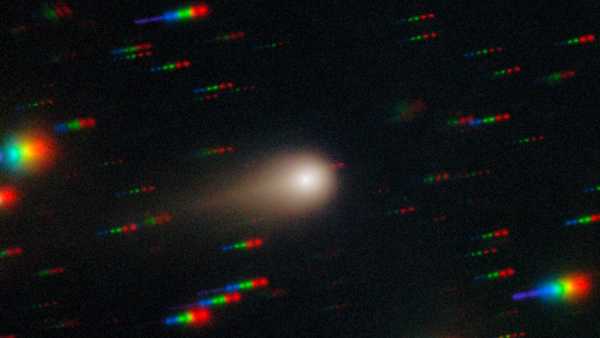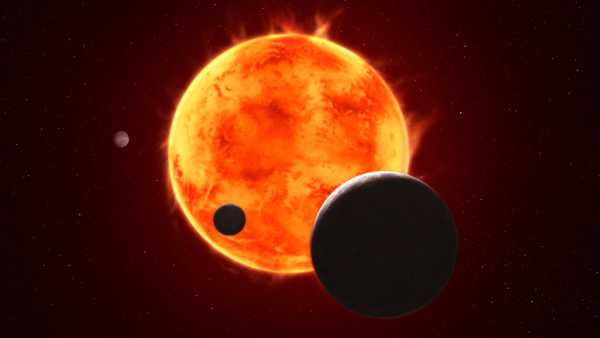
An illustration of the TRAPPIST-1 system, the best-studied star system outside our own. (Image credit: Image: NASA, ESA, CSA, STScI, Joseph Olmsted (STScI))
A new study using the powerful JWST telescope has found a planet 41 light years away that may have an atmosphere. The planet is in the “habitable zone” — the region around a star where temperatures allow liquid water to exist on the surface of a rocky planet. This is important because water is a key ingredient for life.
If further observations confirm this, it would be the first rocky planet in the habitable zone to have an atmosphere, according to two new studies published in the Astrophysical Journal Letters.
The habitable zone is defined in part by the range of temperatures created by the heat of the star. The zone is located at a distance from the star where the temperature is not too hot and not too cold (hence its sometimes called the “Goldilocks zone”).
You may like
-
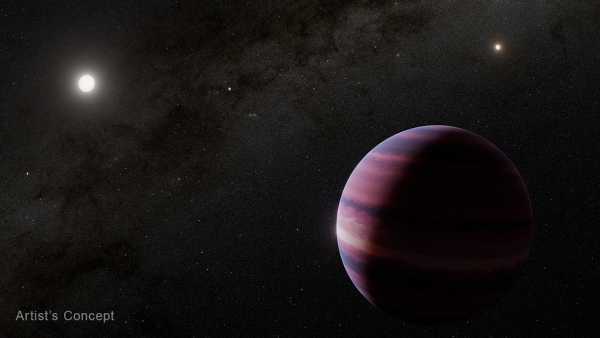
'JWST's most important discovery to date': James Webb spots – then loses – giant planet orbiting in the habitable zone of our nearest Sun-like star.
-
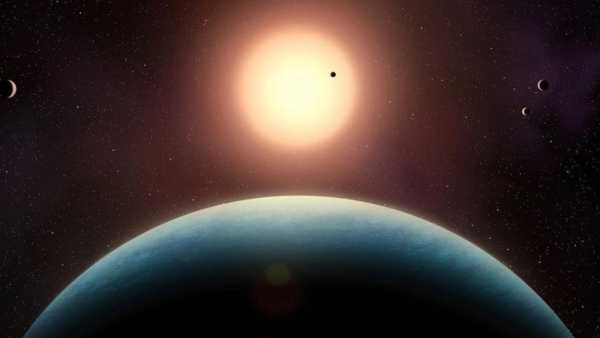
Fifth Planet Discovered Orbiting Nearby Star May Be in Habitable Zone
-
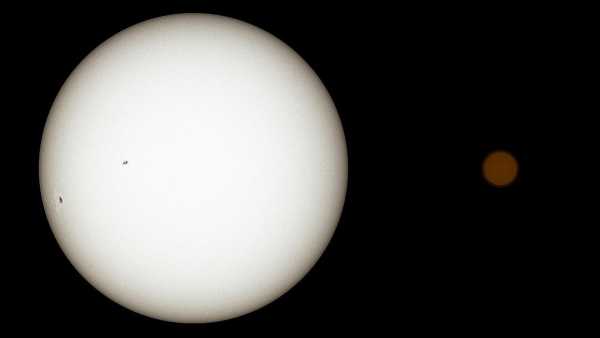
Chinese Scientists Search for Alien Radio Signals in 'Potentially Habitable' TRAPPIST-1 System
However, exoplanets (worlds orbiting stars outside our solar system) that are capable of containing liquid water often also require an atmosphere with a sufficient greenhouse effect. The greenhouse effect creates additional heat by absorbing and releasing gases in the atmosphere and helps prevent water from evaporating into space.
Together with an international team of colleagues, we aimed the world's largest space telescope, NASA's JWST, at a planet called Trappist-1 e. We wanted to determine whether this rocky world, which is in the habitable zone of its star, has an atmosphere. The planet is one of seven known rocky worlds orbiting a small, cool red dwarf star called Trappist-1.
Rocky exoplanets are found throughout our galaxy. The discovery of an abundance of rocky planets in the 2010s by the Kepler and Tess space telescopes has profound implications for our place in the universe.
Most of the rocky exoplanets we have discovered so far orbit red dwarf stars, which are much cooler than the Sun (typically 2,500°C/4,500°F compared to the Sun's 5,600°C/10,000°F). This is not because planets around Sun-like stars are rare, but because it is easier to find and study planets around smaller stars.
Red dwarfs also offer many advantages when measuring the properties of their planets. Because the stars are cooler, their habitable zones, where temperatures are favorable for liquid water, are much closer to our solar system, since the Sun is much hotter. Thus, a year on a rocky planet with Earth's temperature orbiting a red dwarf might be just a few days or a week, compared to 365 Earth days.
Transit method
One way to detect exoplanets is to measure the slight dimming of a planet's brightness as it passes across the star's disk. Because planets orbiting red dwarfs complete an orbit more quickly, astronomers can observe more transits in a shorter period of time, making it easier to collect data.
You may like
-
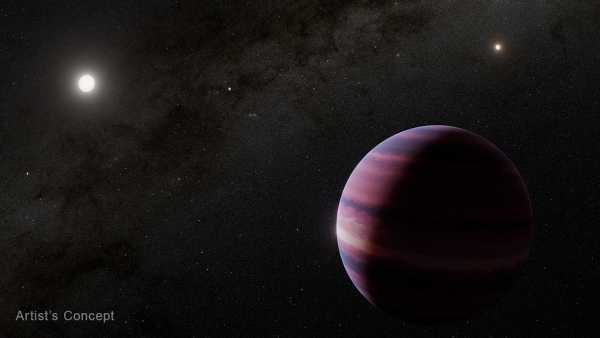
'JWST's most important discovery to date': James Webb spots – then loses – giant planet orbiting in the habitable zone of our nearest Sun-like star.
-
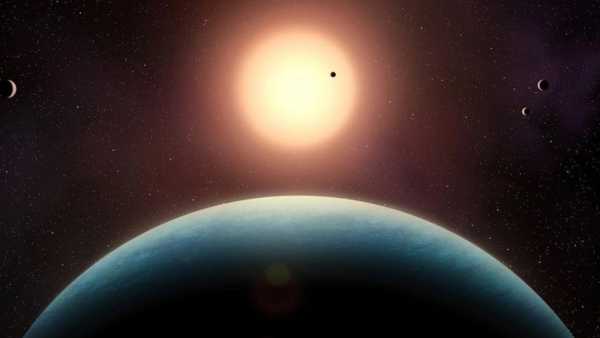
Fifth Planet Discovered Orbiting Nearby Star May Be in Habitable Zone
-

Chinese Scientists Search for Alien Radio Signals in 'Potentially Habitable' TRAPPIST-1 System
During a transit, astronomers can measure absorption by gases in the planet's atmosphere (if it has one). Absorption is the process by which certain gases absorb light at different wavelengths, preventing it from passing through. This allows scientists to determine which gases are present in the atmosphere.
It is important to note that the smaller the star, the more of its light is blocked by the planet's atmosphere during transit. This makes red dwarfs one of the best places to look for rocky exoplanet atmospheres.
Located at a relatively close distance of 41 light years from Earth, the Trappist-1 system has attracted considerable attention since its discovery in 2016. Three planets in the system, Trappist-1d, Trappist-1e, and Trappist-1f (the third, fourth, and fifth planets from the star), are within the habitable zone.
JWST has been systematically searching for atmospheres on the planets in the Trappist-1 system since 2022. Results for the three innermost planets, Trappist-1b, Trappist-1c, and Trappist-1d, indicate that these worlds are likely bare rock with tenuous atmospheres at best. However, planets further out from the system, less bombarded by radiation and powerful flares from the star, could still potentially harbor atmospheres.
We observed Trappist-1e, a planet in the center of the star’s habitable zone, with JWST four times between June and October 2023. We immediately noticed that our data was heavily contaminated by so-called “stellar pollution” from hot and cold active regions (similar to sunspots) on Trappist-1. Resolving this issue required careful analysis. In the end, it took our team more than a year to analyze the data and separate the signal coming from the star from the signal coming from the planet.
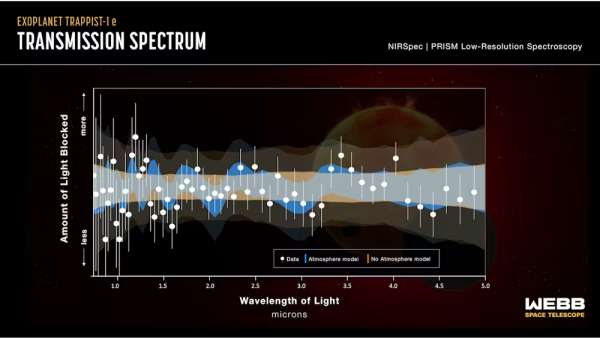
This transmission spectrum plot compares data collected by the NIRSpec instrument on NASA's James Webb Space Telescope with computer models of the exoplanet TRAPPIST-1 e with an atmosphere (blue) and without an atmosphere (orange).
We see two possible explanations for what is happening on Trappist-1e. The most exciting suggestion is that the planet has a so-called secondary atmosphere containing heavy molecules such as nitrogen and methane. However, the four observations we have so far are not precise enough to rule out the alternative explanation that the planet is bare rock with no atmosphere.
If Trappist-1e does indeed have an atmosphere, it would be the first time an atmosphere has been detected on a rocky planet in the habitable zone of another star.
Because Trappist-1e is in the habitable zone, a thick atmosphere with a sufficient greenhouse effect could support liquid water on the planet's surface. To determine whether Trappist-1e is habitable, it will be necessary to measure the concentration of greenhouse gases such as carbon dioxide and methane. These initial observations are an important step in that direction, but additional observations with JWST will be needed to confirm whether the planet has an atmosphere and, if so, to measure the concentration of these gases.
RELATED STORIES
— The real Pandora? A recently discovered “vanishing” planet in a star system neighboring ours may have a habitable moon, like in the movie “Avatar.”
— The flyby of Apophis in 2029 will be the first time a potentially hazardous asteroid will be visible to the naked eye.
— NASA's Mars rover has discovered a strange “turtle” hiding among ancient rocks on Mars.
There are currently 15 more Trappist-1e transits in progress, scheduled to be completed by the end of 2025. In our follow-up observations, we are using a different observing strategy that involves successive transits of Trappist-1b (which is bare rock) and Trappist-1e. This will allow us to use the bare rock to more accurately “track” the hot and cold active regions on the star. Any excess gas absorption observed only during Trappist-1e transits will be due solely to the planet’s atmosphere.
So, over the next two years, we should get a much more complete picture of how Trappist-1e relates to the rocky planets of our Solar System.
This edited article is republished from The Conversation under a Creative Commons license. Read the original article.

Ryan McDonald
Lecturer in Extrasolar Planets at the University of St Andrews
You must verify your public display name before commenting.
Please log out and log back in. You will then be prompted to enter a display name.
Exit Read more
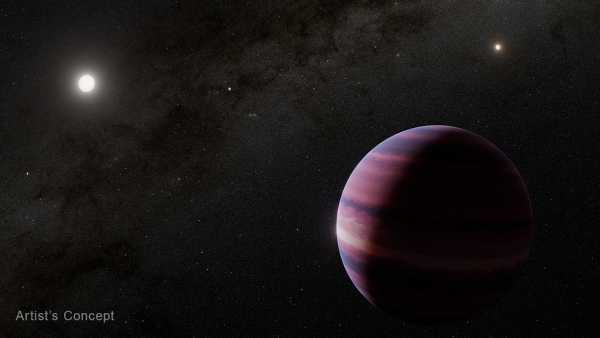
'JWST's most important discovery to date': James Webb spots – then loses – giant planet orbiting in the habitable zone of our nearest Sun-like star.
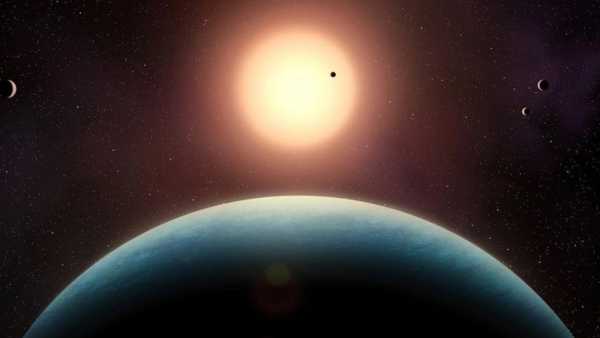
Fifth Planet Discovered Orbiting Nearby Star May Be in Habitable Zone
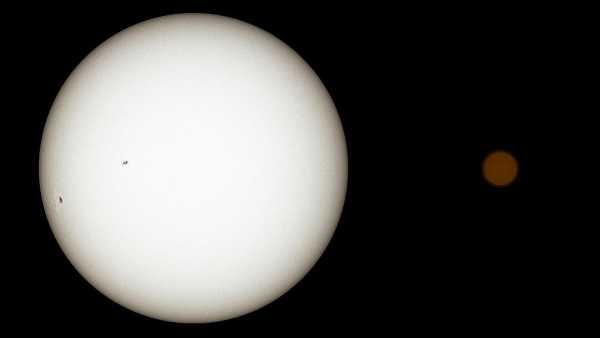
Chinese Scientists Search for Alien Radio Signals in 'Potentially Habitable' TRAPPIST-1 System
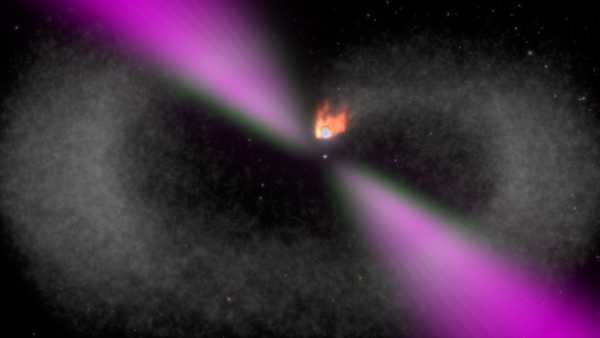
JWST discovers planet with all-carbon atmosphere orbiting 'black widow' star
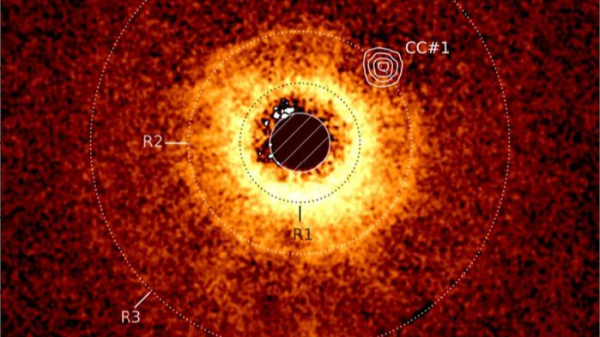
The James Webb Space Telescope has discovered its first planet, a Saturn-sized “shepherd” planet still glowing red hot from its formation.

JWST Finds Cold Alien World in Strange Orbit: 'One of the Coldest, Oldest, Faintest Planets We've Seen to Date'
Latest news from space
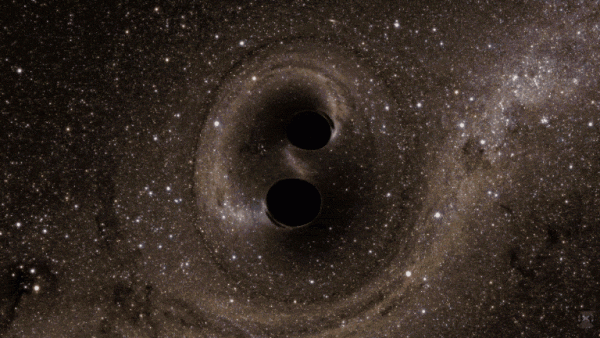
History of Science: Gravitational Waves Discovered Proving Einstein Right – September 14, 2015
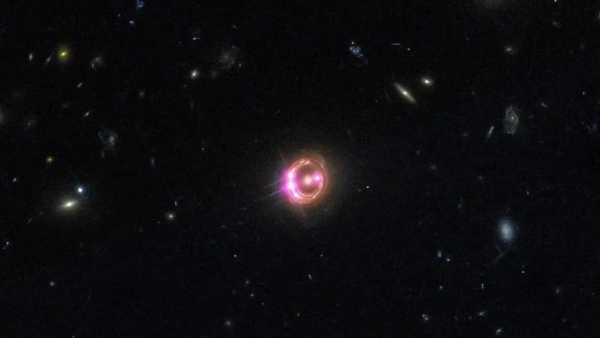
Astronomers use rare 'double zoom' to see black hole's corona in unprecedented detail
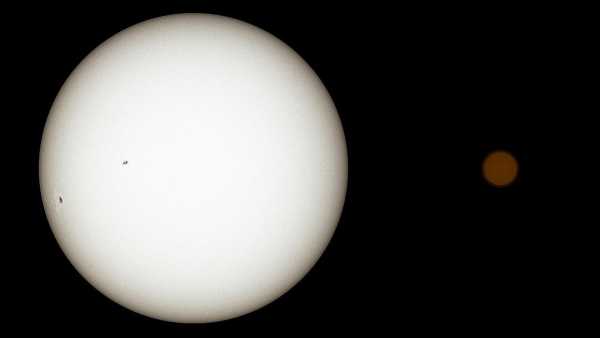
Chinese Scientists Search for Alien Radio Signals in 'Potentially Habitable' TRAPPIST-1 System
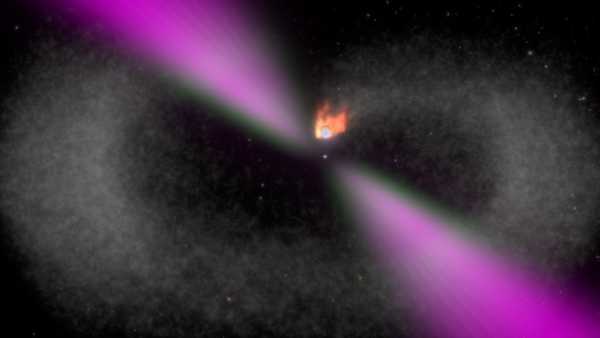
JWST discovers planet with all-carbon atmosphere orbiting 'black widow' star
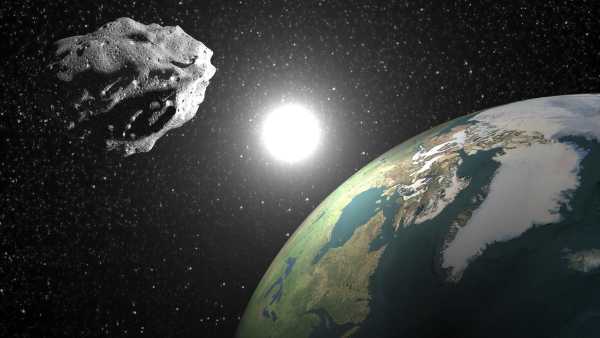
New 'quasi-moon' discovered in near-Earth orbit that may have been hidden there for decades

James Webb's 'Starry Mountaintop' Could Be Observatory's Best Image to Date – Space Photo of the Week
Latest opinions
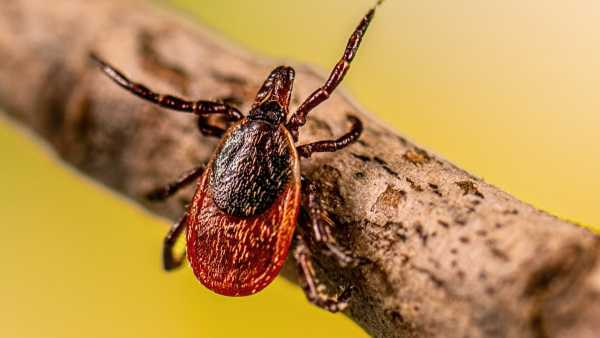
'Your concerns are well founded': How human activity has increased the risk of tick-borne diseases like Lyme disease

How the surface you exercise on can increase your risk of cramping
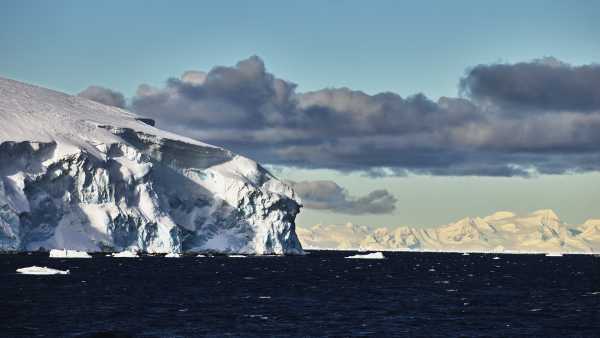
'Serious Negative and Unintended Consequences': Polar Geoengineering Is Not the Answer to Climate Change
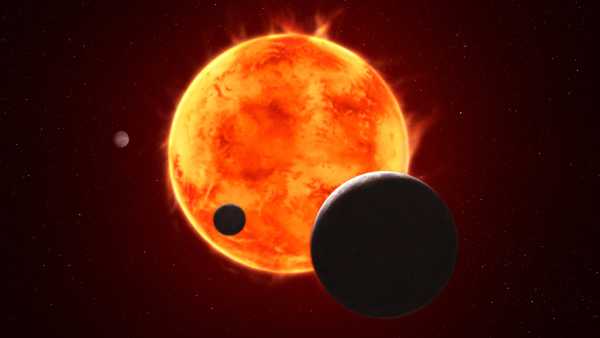
JWST Hints TRAPPIST-1e May Have Atmosphere

Robert Kennedy Jr. Wants to Reform the Nation's 'Vaccine Court.' Here's What's Stopping Him

Dissecting (many) false claims by RFK Jr. about COVID vaccines
LATEST ARTICLES
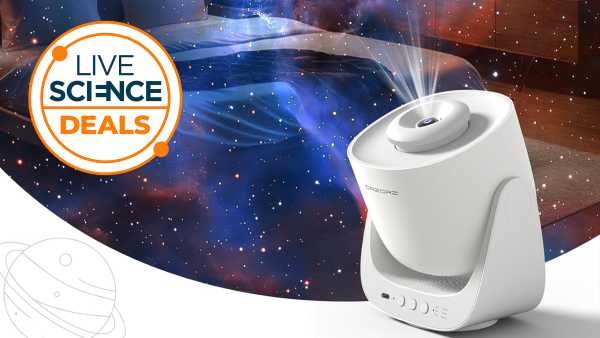
1The best star projector we tested is on sale for 38% less on Amazon, making it one of the lowest prices ever.
Live Science is part of Future US Inc., an international media group and leading digital publisher. Visit our corporate website.
- About Us
- Contact Future experts
- Terms and Conditions
- Privacy Policy
- Cookie Policy
- Accessibility Statement
- Advertise with us
- Web Notifications
- Career
- Editorial Standards
- How to present history to us
© Future US, Inc. Full 7th Floor, 130 West 42nd Street, New York, NY 10036.
var dfp_config = { “site_platform”: “vanilla”, “keywords”: “type-crosspost,exclude-from-syndication,type_opinion,serversidehawk,videoarticle,van-enable-adviser-
Sourse: www.livescience.com



